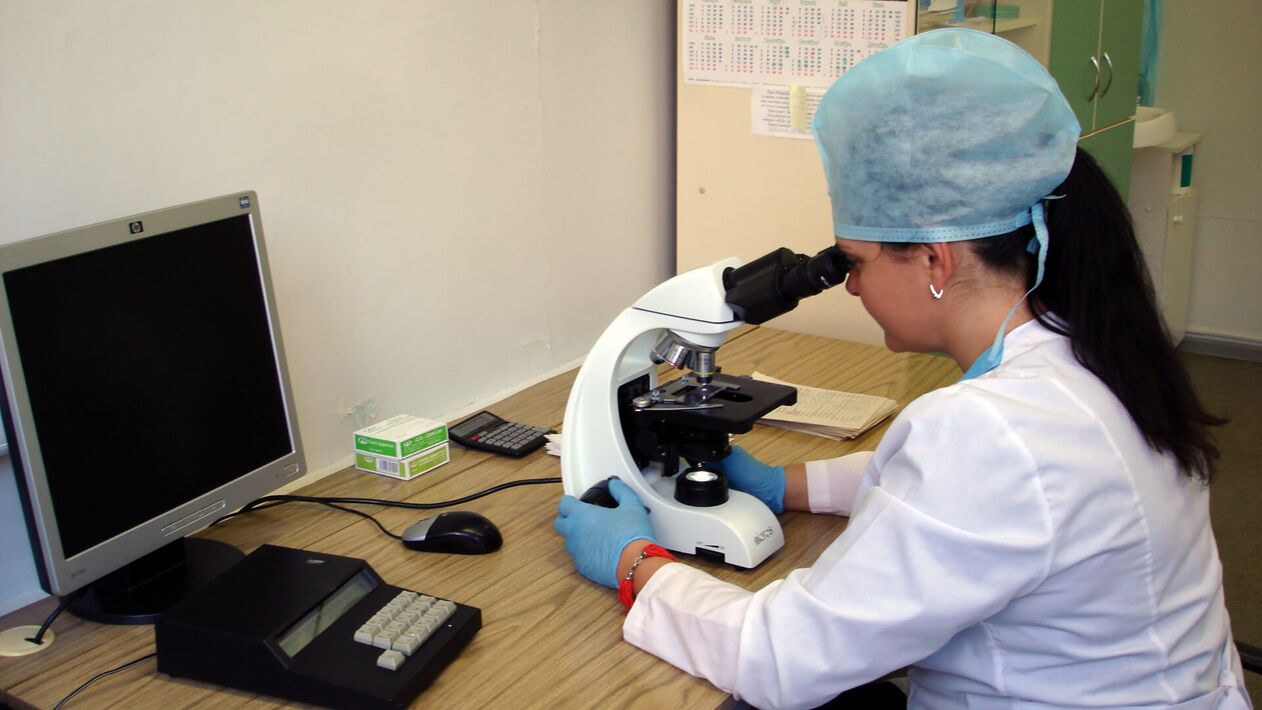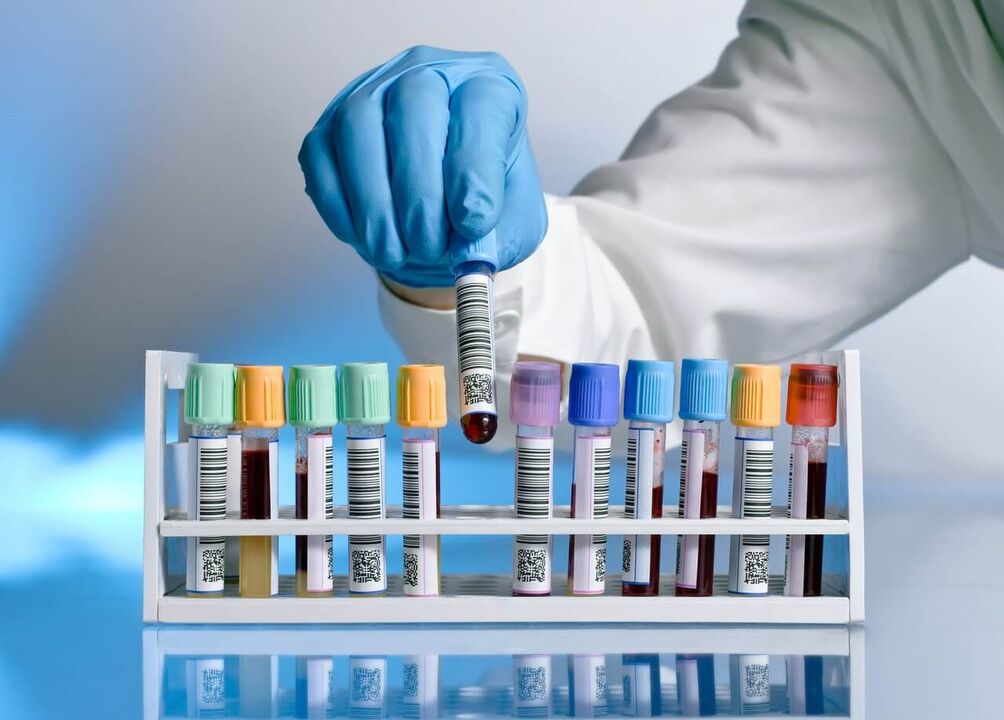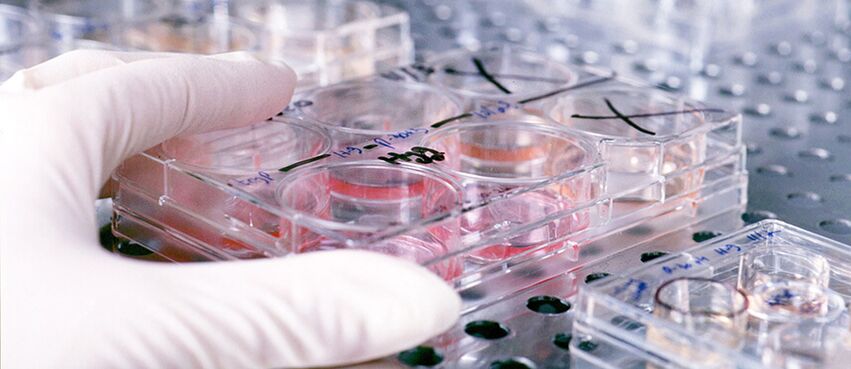
Discharge from a man's penis can tell about his male health and the presence of diseases of the genitourinary system. Often the discharge is the only or one of the symptoms of a serious illness, so you need to be very careful with it, observing changes in color, smell, consistency, etc.
Male genital discharge refers to all discharges from the urethra, sebaceous and skin glands, prostatic duct and ejaculatory duct. Depending on the nature of their occurrence, they are divided into physiological and pathological. The latter occur as a result of the development of an infectious, inflammatory or other disease of the prostate, bladder or other organ of the genitourinary system.
Everything is normal: physiological discharge
There are three types of physiological secretions that are released from the penis to some extent and do not indicate the presence of any disease:
- urethrorrhea;
- smegma;
- sperm
urethra
In most cases, clear discharge in men is libidinal or physiological urethrorrhea. This is the secret of a transparent color secreted by the urethral glands. A secret flows from the urethra, usually at the time of arousal. The purpose of the secret is to lubricate the ducts before the passage of sperm.
The amount of excreted urethrorrhea can be insignificant or quite copious. It depends on the duration of sexual abstinence, as well as on the individual characteristics of the man. After prolonged abstinence from sexual contact, along with urethrorrhea, a small amount of sperm can be released, changing color.

It is worth noting that in the case when the amount of discharge has become larger than usual, it is necessary to consult a doctor, since such a phenomenon can indicate the development of the disease.
smegma
Also called preputial lubrication, smegma is secreted by glands located on the foreskin. The purpose of the secret is to reduce the friction between the glans and the foreskin. Smegma is constantly being released. In puberty it can be more, in old age less.
Smegma is made up of fat and bacteria. It accumulates under the inner sheet of the foreskin. With the observance of daily hygiene measures, the secret is easily washed off. Otherwise, its accumulation is an excellent environment for the development of bacteria, which leads to an inflammatory process. If the fat is not washed off in time (at least once a day), it will begin to crumble and rot. As a result, it changes its color from white-transparent to yellow or green. There is an unpleasant odor.
sperm
Sperm refers to the physiological secretions of the male sex organ. Normally, semen is a mixture of secretions from the gonads and sperm released during sexual contact or masturbation. It is true that men are also confronted with the involuntary release of sperm, which is referred to as wet dreams. They most commonly occur in boys in adolescence, puberty, or those who have been abstinent for a long time. Involuntary ejaculation occurs at night or early in the morning as it is associated with the production of testosterone.
Natural male secretions also include urine, which can be transparent, yellow, or light brown in color, and prostatic secretions. The specific smell of spermine helps distinguish it from prostorrhea. The discharge is thick and whitish. A change in the amount of discharge, its color and smell, and the appearance of cloudiness or mucus can be the first symptoms of prostatitis or cancer.
Pathological discharge
The causes of pathological discharge can be very different. These include:
- inflammatory processes, including those caused by conditionally pathogenic autoflora;
- oncological diseases;
- sexually transmitted diseases;
- Consequences of operations or injuries.
Pathological discharges also differ in color. They can be white, grey, yellow, brown and so on. There may also be blood or pus admixture. The type of discharge can be scarce or plentiful, it can be allocated constantly or periodically, for example, in the morning or after going to the toilet, and so on.

Different diseases often have similar secretions, but at the same time one disease can manifest itself in different ways in different representatives of the stronger sex. It is impossible to self-diagnose the disease by secretions. If you notice changes in color, fullness, smell, or the presence of an admixture of mucus, blood or pus, you should definitely consult a doctor and undergo the necessary examinations.
Discharge from the penis associated with sexually transmitted diseases
Sexually transmitted diseases are most often accompanied by:
- Slimy transparent secretions that are viscous. Usually their small number indicates the presence of mycoplasmic or ureaplasmic urethritis or the development of chronic chlamydia. Microscopic examination reveals a moderate amount of leukocytes.
- Mucopurulent discharge of transparent or white color occurs with mycoplasmosis or ureaplasmosis. They can also accompany chlamydia. In this case, the discharge sticks to the head of the penis.
- Purulent discharge in men indicates gonorrhea. They can be brown, yellow or greenish, have an unpleasant putrid odor and are very dense. They also contain an increased number of leukocytes and microscopic particles of the epithelium. The frequency depends on the degree of development of the disease. Other symptoms of gonorrhea include itching and burning, which worsen after going to the toilet, and genital pain and discomfort.
A feature of sexually transmitted diseases is that several infections become their causative agents at the same time. In this case, the course of the disease, as well as the type and amount of discharge, can change significantly, therefore, without clinical studies, it is impossible to diagnose the disease from the discharge alone.
Self-diagnosis and subsequent self-treatment of sexually transmitted diseases with antibiotics leads to the fact that the symptoms of the disease disappear, but the cause remains. After completing treatment, the disease attacks with renewed vigor, so you should not start the disease and treat yourself. The appointment of an effective treatment depends on the correct diagnosis. And it is impossible to determine it only by the nature of the discharge.
Discharge associated with nonvenereal inflammation
In the body of each person, the so-called conditionally pathogenic flora is constantly present, for example, Candida fungus, E. coli, streptococci and others. Usually it does not make itself felt, but under certain conditions (hyperthermia, stress, weakening of the immune system) it can cause an inflammatory process.

Diseases of the genitourinary system, the causative agent of which is its own flora, are also accompanied by secretions:
- Mucopurulent discharge is often associated with non-gonococcal urethritis (inflammation of the urethra). Their characteristic feature is a slight fullness, which may increase between major breaks in urination. The disease is not characterized by other symptoms (pain, itching) or they are expressed very weakly.
- Balanoposthitis is accompanied by copious mucous secretions of yellow or green color, sometimes with pus. Symptoms of inflammation of the foreskin are its intense redness and pain and redness of the glans.
- The occurrence of prostatitis is characterized by cloudy discharge after urination. During the acute form of the disease, the discharge becomes very plentiful, and when it passes into the chronic form, it changes color to whitish and decreases in quantity.
- Candidiasis, or thrush, caused by the Candida fungus is accompanied by a curdled discharge with a characteristic sour odor. There is redness of the head and foreskin, there may be pain or itching. The causes of candidiasis are the use of antibiotics, chemotherapy or radio wave treatment, as well as other factors that weaken the immune system.
- Gardnerellosis of the urethra occurs as a result of a violation of microflora (dysbacteriosis) and is accompanied by scanty secretions of yellow or green color with a characteristic fishy odor.
Discharges not associated with the inflammatory process
Discharges that do not accompany the inflammatory process are extremely rare in the stronger sex. The cause of such secretions are mechanical damage, diseases of the nervous system, oncology and so on.
- Spermatorrhea - spontaneously flowing semen. The appearance of such secretions is in no way related to sexual intercourse or masturbation. The flow of semen is not accompanied by an orgasm. The cause of this phenomenon is most often neurological diseases, as well as injuries to the spine. The vas deferens lose their tone and ability to retain sperm.
- Hematorrhea is bloody discharge from the urethra. Hematorrhea occurs as a result of mechanical damage to the urethra when taking a smear, instrumental examination, installing a catheter, etc. In addition, spotting after urination can indicate kidney stones, a tumor, or another serious condition.
- Prostatorrhea - secretion of the secretion of the prostate. The cause of prostorrhoea is the relaxed muscles of the prostate duct. A similar phenomenon often accompanies prostatitis or adenomas.
- Brown discharge with or without mucus can indicate cancer of the prostate, bladder, penis, or urethra. The discharge may contain blood clots or pus.
Investigations to determine the cause of the discharge
The appearance of a pathological discharge can be associated with various diseases. Only a qualified doctor can determine the true cause of the discharge and prescribe the right treatment.
A patient who complains of discharge from the penis must undergo a number of studies that will help determine the cause of its occurrence. An examination by a doctor begins with a detailed examination of the intimate area for rashes, redness and other visible symptoms. The discharge often remains on the underwear, which the doctor also examines closely.

One of the obligatory steps of the examination is palpation of the lymph nodes. The doctor checks whether they have gained weight or not, whether they remain mobile or not, whether there is pain when pressed, and so on.
The doctor also examines the nature of the discharge immediately and after 2-3 hours (the patient does not need to urinate during this time). Diseases of the prostate (adenoma, prostatitis or tumor) help determine the palpation of the prostate. In the normal state, both lobes of the prostate are the same size; in the presence of a disease, one lobe is larger than the other.
The following clinical studies will also help determine the cause of the discharge:
- general blood analysis;
- detailed urinalysis;
- blood sugar test (in the morning on an empty stomach);
- swab from the urethra;
- Culture of urethral secretions.
In the case of an infectious disease, the smear plays a central role in the diagnosis. This study allows not only to establish the causative agent, but also to prescribe the disease, its course, etc. The presence of an inflammatory process associated with infection is indicated by an increased number of leukocytes. The norm takes into account no more than 4 leukocytes in the field of view.
In order for the smear to be able to provide information about the patient's state of health as truthfully as possible, it is necessary to prepare for the collection. Before taking a swab, you can not urinate for at least 2 hours and do water treatments. In addition, it is necessary to stop local treatment with antibiotics or other drugs for three days. Treatment with oral antibiotics or injections must be completed 2 weeks before the study.
If the discharge in men with odor is abundant or other symptoms of the disease are observed, the doctor may prescribe:
- ultrasound of the kidneys, bladder or prostate;
- Computed Tomography;
- urography.
Only after the results of a biopsy can the doctor make a diagnosis of cancer.
If a patient with heavy spotting seeks help, they will be taken to the hospital immediately. In other cases, treatment is carried out after determining the cause of the discharge.
Discharge from the male genitalia can be a symptom of a serious illness. However, remember that only a doctor can determine the cause of this unpleasant phenomenon with a personal examination and research. Self-medication only aggravates the problem and can lead to the development of complications. If you are worried about your husband's health and an unusual discharge appears, do not postpone the visit to the urologist.
















































































